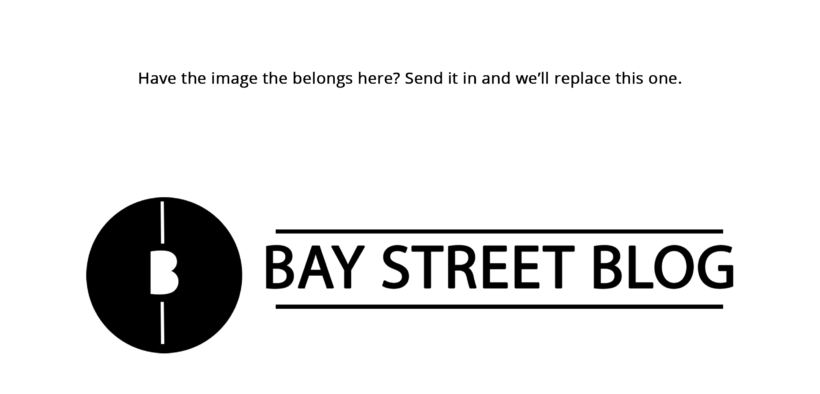Fixed Rate Mortgage: The $17,000 Surprise
Share

My father always told me there are two certainties in life – death and taxes. And while I optimistically believe this, I’d like to add a third – the banks will always make their money. In this instance, I’m talking about penalties for breaking a mortgage. When it comes to mortgage planning, penalties play a huge role and you can rest assured that the banks will almost always come out on top. The sad truth though, is that many Canadians don’t know what they sign up for and oftentimes end up taking the wrong path due to poor planning.
In the case of an Edmonton couple recently interviewed by the CBC, this led to a $17,000 surprise when they decided to break their mortgage early. When the couple signed on to their fixed-rate mortgage, something along the lines of “Standard Penalty Calculations Apply” was most likely written on their mortgage commitment and never questioned. Well, what are “Standard Penalty Calculations”? The truth is that there is no such thing as a standard calculation, as your penalty will be based on mortgage balance remaining, term, interest rate, current rates, and the charge terms originally agreed upon when signing the mortgage commitment. As an industry standard though, most banks charge the greater of a three-month interest penalty or an IRD (Interest Rate Differential). That’s right, the greater of the two.
Three month’s interest is easy enough to calculate; you take the interest component of your monthly mortgage payment, multiply by three and that will be your penalty. For example, if your mortgage is $1,600 per month and roughly $750 of that payment goes toward interest each month, your penalty will be roughly $2,250 for breaking your mortgage prematurely. The math can vary a little bit here but not by much.
So what is an IRD and how is it calculated? The premise behind the IRD is the bank takes the rate you currently pay and compares it to where rates are when you choose to terminate your mortgage. They use that spread and apply it to the remaining balance on your mortgage and VOILA! your penalty is calculated. But is the spread calculated between your mortgage rate and the current offerings of the same product (5-year term then vs. 5-year term now)? Or is it between your mortgage rate and the bank’s posted rate (which typically hovers between 4% and 5%)? Honestly, each bank has its own complex algorithm for calculating an IRD and they can sometimes be so intricate that the only way to know is to ask your bank directly.
Only when the Edmonton coupe spoke with their bank, did they realize their IRD penalty was going to be $17,000. Admittedly, this is a very big surprise. But could it have been avoided? Most likely. Without going too deep into this specific case, a variable-rate mortgage or even an open mortgage could have avoided this massive surprise.
Since variable rate mortgages (VRMs) are constantly following the trends of the market, there is no interest rate differential so they are always broken on a three-month interest penalty. And fully open mortgages have no penalty as they can be paid off at any time. This isn’t to say that these mortgages are always the best way to go though, because they each carry a certain element of risk and we’ll go over them briefly. But both of these options would have saved the couple thousands of dollars in this specific instance.
Are VRMs Risky?
VRMs are typically cheaper than 5-year fixed rates and often carry lower penalties for breaking. BUT they do leave you at the mercy of the market for the term of your mortgage. If rates stay historically low, then you can save thousands of dollars in interest. But if rates start to rise as many economists are expecting, then you could end up paying rates higher than the fixed rate you were originally offered. You can always elect to lock your rate in, but timing it perfectly and getting the bank to offer the most competitive rate can be difficult. Still, this would have been a great option for the Edmonton couple looking to leave for Haiti prior to their mortgage maturing.
And Open Mortgages?
Fully open mortgages are often offered in 6-month terms. In other words, you are able to pay it off in full at any time without incurring a penalty but the bank will only guarantee the rate for 6 months. Because the business is not guaranteed to the bank, open fixed rates are slightly higher than closed fixed rates (about 1% higher on average). Still, this increase in rate can be worth it for someone looking to sell and pay their mortgage off in a very short amount of time as there will be no penalty incurred. Having said that, renewing your mortgage into an open product every 6 months when you plan to live there for at least five years leaves you exposed to the mercy of the market again and if rates start to increase, so does your mortgage rate.
This piece is not intended to promote one mortgage product over the other. But it does illustrate the options that are available and how important a little bit of foresight can be when choosing a product that’s right for you. If you’re not planning to embark on a humanitarian mission to Haiti anytime soon, odds are a fixed or variable product might be a better choice. But again, you should sit down with a mortgage broker and weigh out every option. Choosing a mortgage should never just be about rates, your entire life plan should be considered.
Ben Sammut forms part of a father-son team working with Mortgage Architects in Toronto. Collectively their team has nearly 60 years of combined experience in the industry and handle over $100,000,000 in mortgage placement each year. He comes from a background in International Economics from the University of Ottawa and has been working in finance since graduation.
bensammut@mortgagegate.ca
Mortgage Architects
(c) 647-518-4669
(f) 1-888-575-4404
Disclaimer: All investing can potentially be risky. Investing or borrowing can lead into financial losses. All content on Bay Street Blog are solely for educational purposes. All other information are obtained from credible and authoritative references. Bay Street Blog is not responsible for any financial losses from the information provided. When investing or borrowing, always consult with an industry professional.






Bay Street Blog Newsletter
Click here to subscribe for a financial savvy experience.
Please check your email to confirm subscription!